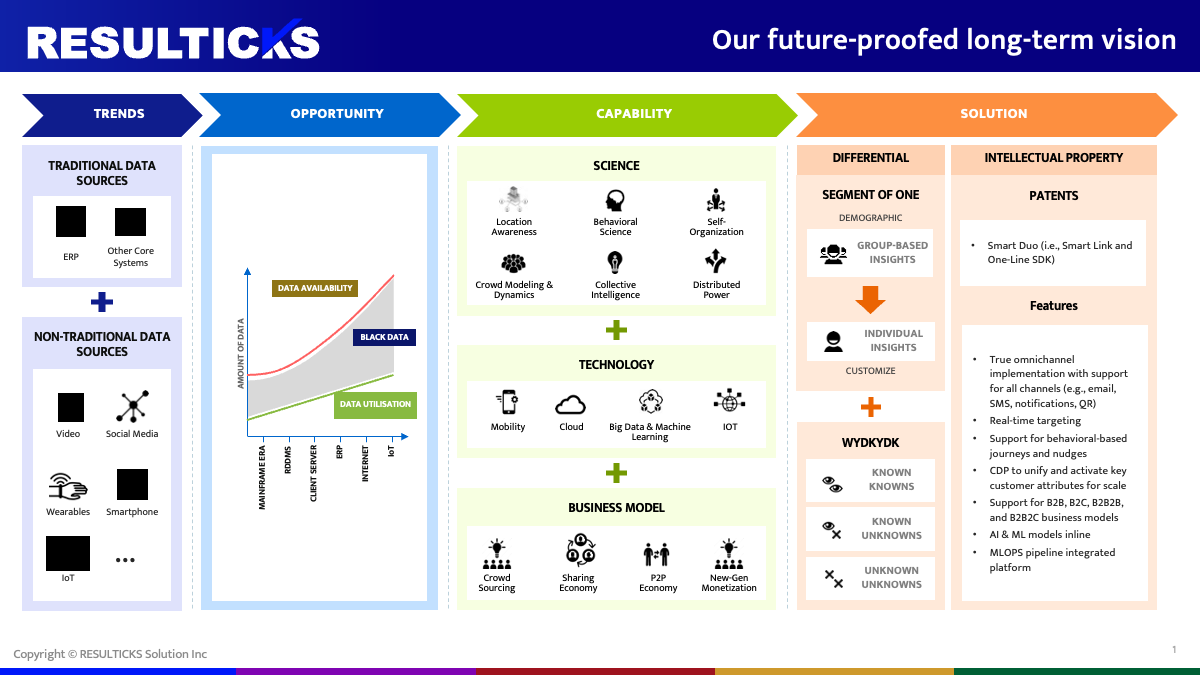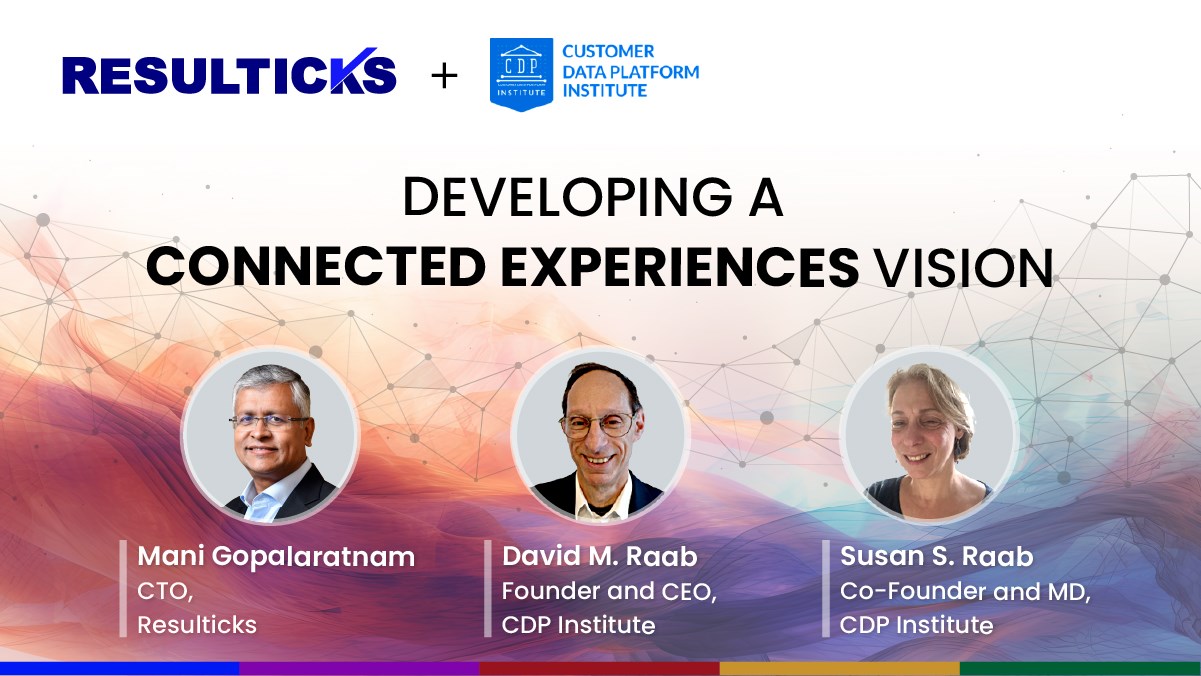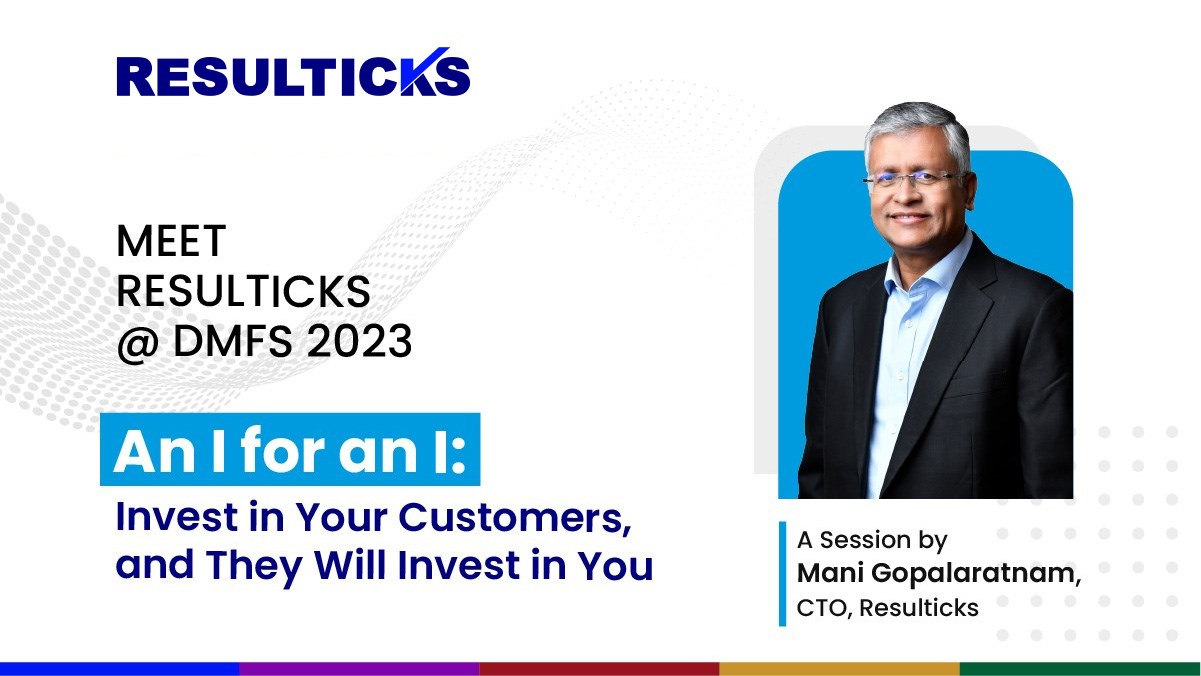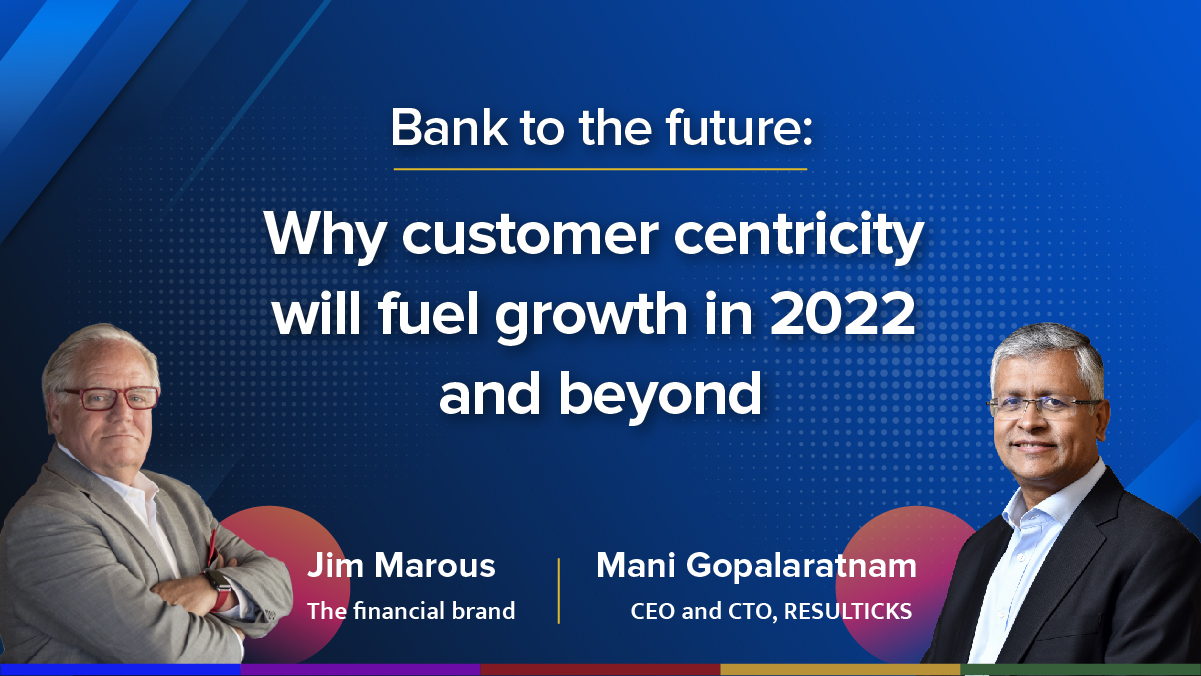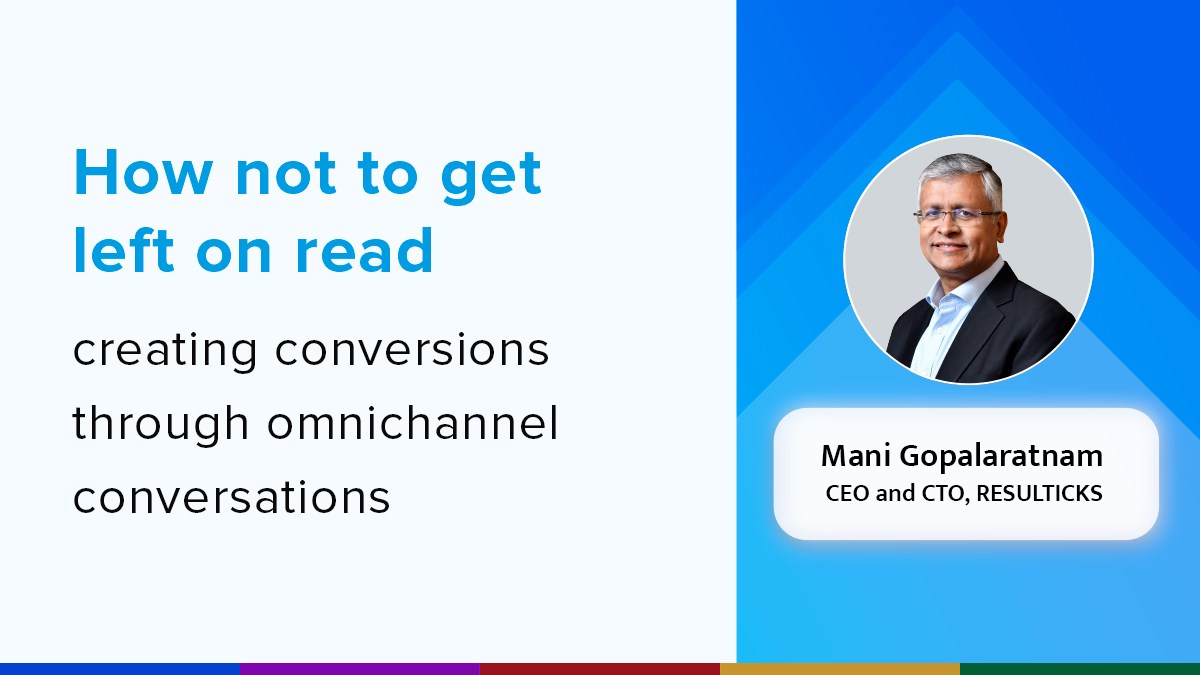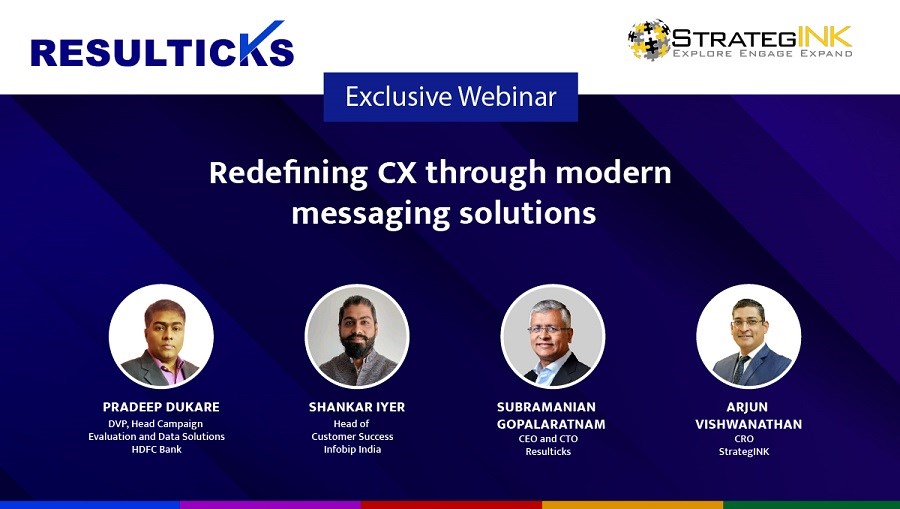Summary
- Despite its apparent implications, dark data is data harboring untapped potential.
- The BFSI sector in particular faces the detrimental “save everything often’ mentality with dark data.
- Implementing the best practices for leveraging dark data brings multifold benefits.
What is dark data?
First up, it is imperative to understand that dark data is not “illicit data” and does not bear negative connotations. Put simply, dark data is data that is collected by an organization through its processing chains but is not actively analyzed, enriched, or used. Anything that is not structured—such as data in log files and missing attributes from a transaction—and lacks labels can be considered dark data.
Here are some examples:
- Server log files that could provide clues to website visitor behavior
- Customer call detail records that incorporate unstructured consumer sentiment data
- Mobile geolocation data that can reveal traffic patterns to facilitate business planning
It is estimated that 40% to 90% of enterprise data is dark data, depending on the industry. According to a 2022 report from Enterprise Strategy Group, 47% of all data is dark data, on average, with a fifth of respondents saying more than 70% of their data is dark data.
What is the potential impact of dark data?
- More organizations will realize the value of elucidating dark data, not just for regulatory requirements, but for all business functions from compliance to customer satisfaction. Exposing dark data benefits the entire business spectrum.
- Organizations will open up to the potential of dark data as more than just raw or unusable data. With the right innovation, dark data can become actionable intelligence.
- We will move past the adage that data is the new oil. Rather, data is the new sunshine, unlimited in its supply. Organizations can start thinking about their dark data in terms of storage, discoverability, utility, and monetization.
- Major organizations will realize the innate value of CDP. This shift will entail a growing understanding of the rigorous discipline it takes to bring all the customer data from every internal sources together for holistic insights.
- Businesses that elucidate dark data will begin to create a virtual cycle in which vast amounts of viable data can give rise to innovative business applications and functions.
This paradigm shift will generate more data waiting to be unlocked, spurring an infinite progression of valuable intelligence and business value.
Dark data: The BFSI story
From the days of the earliest banks, BFSI companies have always used data to improve the customer experience. We have come a long way from personal customer information written on paper documents to credit scores, purchase histories, and telematics data used by an increasing number of insurance companies.
Yet, this long history of data collection is part of the problem.
As financial services companies evolve, old data loses its strategic and business value, eventually going dark. With today’s limitless cloud storage systems, it is far easier to make use of digital data than it is physical written records. Inevitably, the latter is filed away and eventually lost to the void of dark data.
BFSI companies are particularly vulnerable to this problem. The industry holds huge backlogs of stale data, 20% of which are made up of old document files. As smart contracts and blockchain transactions grow in popularity, such old data is rapidly losing its relevance and value.
The financial services industry’s heavily regulated environment is partly responsible for creating a culture that is hard-pressed to delete everything. The consequence of this “save everything often” mentality is that old data ends up taking up valuable storage space.
The way forward: Dark data best practices
The out of sight, out of mind nature of dark data has also led some organizations to stop properly managing, maintaining, and protecting such information. Over time, this can pose a major security risk to financial services companies and their customers.
With data privacy regulations like GDPR now in effect, consumers are more likely to take action against irresponsible financial services firms than any other sector, so dark data is a pressing issue in terms of data security compliance.
What exactly does an organization’s ideal data analytics practice look like? Here are four ways you can infuse data analytics into your team going forward.
- Track customers throughout different stages of the life cycle. Use your data to identify a particular segment of customers that are ready to buy and the time when they are most likely to make a purchase.
- Improve customer service. Integrating multiple data sources into a single source of truth can have huge immediate gains for your team. Additionally, machine learning tools can analyze conversations between sales representatives and customers on channels like email, chat, and social media to derive deeper insight into common customer issues.
- Identify overarching patterns and trends. For example, if numerous customers are contacting a business and asking the same questions, it might make sense to create a dedicated page that addresses these questions in depth. This new website page could increase sales by answering questions potential buyers face and reinforce the brand’s unique selling point. This strategic decision—as well as the addition of elements like next-best notifications on the page—is all made possible through data visibility and analytics.
- Reduce spending on stagnant areas. Whether it is certain marketing activities or product development in the wrong areas, data insights, properly distilled, will guide your team on areas where wasteful spending can be cut down significantly. Rather than funneling big money into multiple growth strategies that are getting only minimal results, you can prioritize the most popular channels among your target audiences and concentrate on key strategic initiatives most likely to generate a major revenue boost.
It's time to look past the misconceptions surrounding dark data and approach it as a well of untapped potential. With the right strategies and technologies, organizations will be poised to reap the benefits.
How does Resulticks help you bring value from the dark data?
